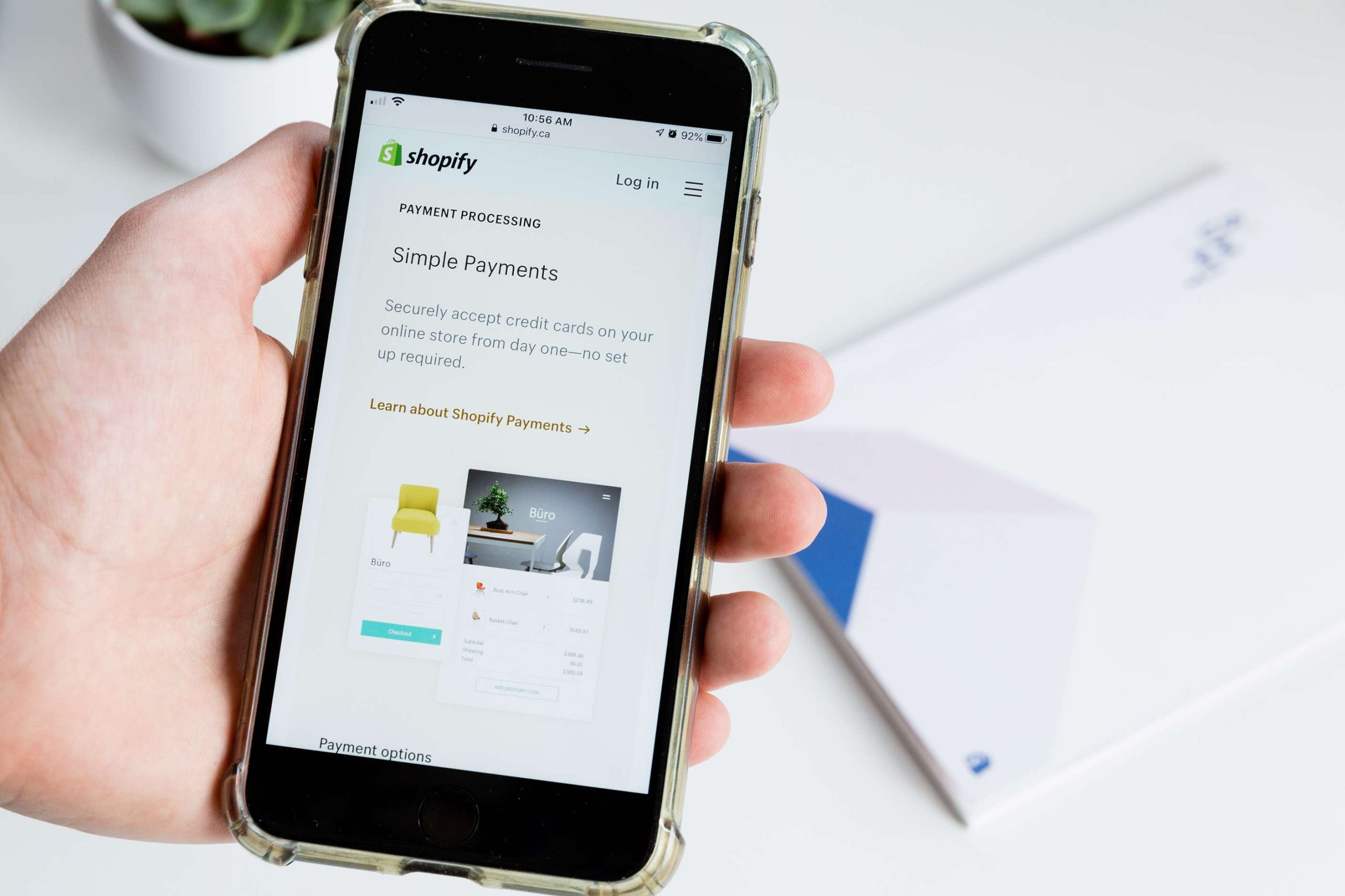Guide To Microinsurance, Delivery Methods And How It Works

Microinsurance is a growing sector of the insurance industry. It is estimated that nearly two-thirds of the world’s population lacks access to traditional insurance products, and microinsurance can be an important way to extend coverage on these problems.
Microinsurance is often described as a “last resort” for the poor, as it is typically the type of insurance that is affordable to them. It can help to protect people from the financial consequences of risks such as illness, injury, unemployment, or death.
Delivery Method of Microinsurance
There are a variety of ways to deliver microinsurance, but the most common way is through a microinsurance agent. They are typically people who are already working in the community, such as teachers, health workers, or extension workers who are trained in how to sell and administer microinsurance products, and they work with clients to help them understand the products and choose the right policy for their needs.
Microinsurance can also be conveniently delivered through mobile phones, which is increasingly gaining popularity as a means to reach individuals in rural areas with limited access to insurance agents. Mobile microinsurance enables people to purchase policies, make premium payments, and receive claims payments directly through their phones.
Another method of delivering microinsurance is through cooperatives. Cooperatives are formed by groups of individuals who join forces to pool their resources and collectively share the risks and benefits of conducting business. Cooperatives can serve as a platform for delivering microinsurance products to their members, while also providing education and support to help members understand and utilize microinsurance offerings.
How Microinsurance Work
As we know, microinsurance is designed to protect low and moderate-income households from the financial consequences of unexpected events, and it is typically offered as a package policy that includes property, liability, and health insurance.
Microinsurance policies are typically low-cost and simplified, with limited coverage. That’s why this makes them affordable for low-income and vulnerable individuals and households. Microinsurance can help to fill a critical gap in the provision of risk protection for the world’s poor.
It can help people protect their assets as well and maintain their standard of living. Microinsurance is an important way to promote economic development. By helping people protect their assets, it can help them start businesses and invest in their communities. It is a vital resource for people who can’t afford traditional insurance policies.
Understand Enough About Microinsurance?
To make it simple, Microinsurance is a type of insurance that is designed to protect low-income and vulnerable individuals and households from the financial consequences of risk. It is typically sold low-cost and offers limited coverage.
There are many ways to deliver Microinsurance, but no matter how it is delivered, it is an important tool for protecting people from the risks of life. It can help people protect their families and their businesses, and it can help them to rebuild their lives after a disaster.
If you want to learn more about economics, business, and how to make money online in Nigeria, make sure to check the tips in Vincoguide. We also provide several business related articles you should read to be rich.

